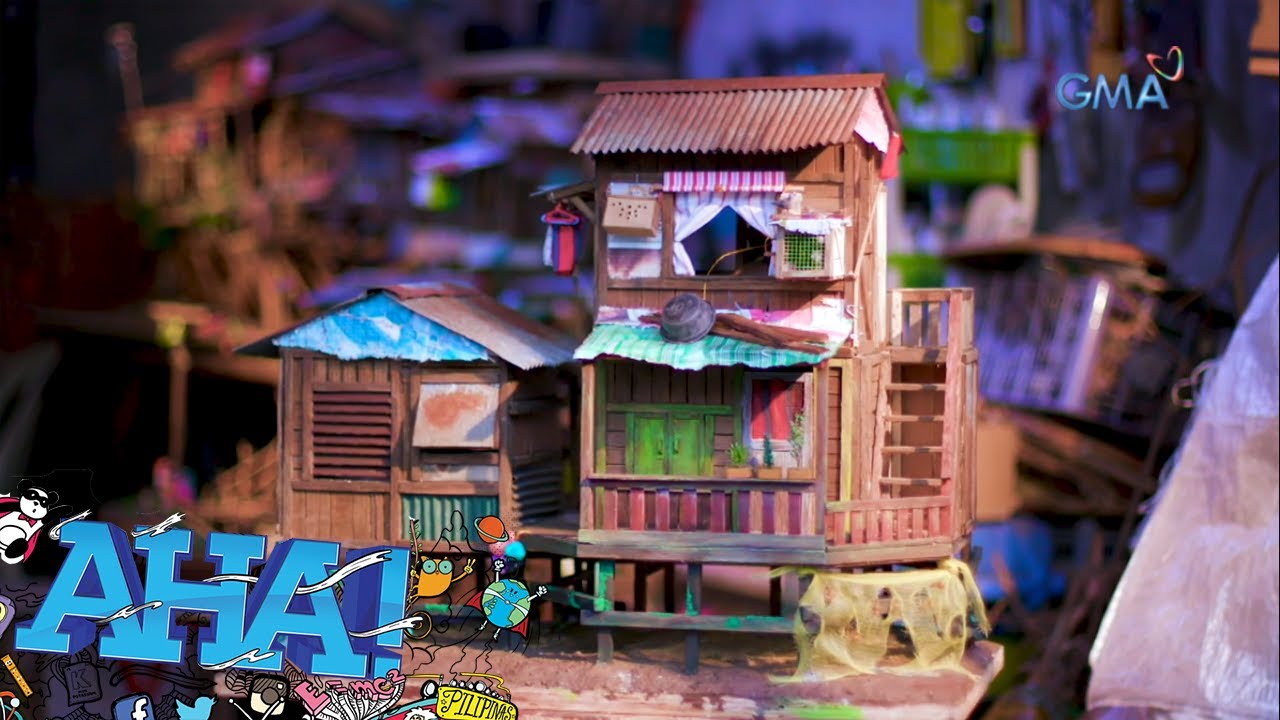Profiles: Carlos Celdran
Summary
TLDRIn this engaging interview, performance artist, tour guide, and cultural activist Carlos Celdran shares his journey of using art and activism to transform Manila, especially through his renowned Intramuros tours and public art projects. He discusses his provocative political actions, like advocating for the Reproductive Health Bill, and how art can influence society. Celdran reflects on his upbringing, his passion for Manila, and how his work bridges history and modern activism. He emphasizes the importance of public art and community engagement in revitalizing Manila's cultural landscape.
Please replace the link and try again.
Q & A
Who is Carlos Celdran and what is he known for?
-Carlos Celdran is a performance artist, cultural activist, and tour guide, renowned for his Intramuros performance tours in Manila. He is also known for his social and political commentaries, especially his advocacy for the Reproductive Health Bill in the Philippines.
What was the 'Damaso Act' and why was Carlos Celdran arrested for it?
-The 'Damaso Act' was a protest staged by Carlos Celdran in September 2010, where he dressed as a character resembling Padre Damaso from the novel *Noli Me Tangere* by Jose Rizal. He protested the Catholic Church's opposition to the Reproductive Health Bill and was arrested for offending religious feelings.
How did Carlos Celdran view the impact of art on society?
-Carlos Celdran believed that art has the power to transform society. He emphasized that using cultural references and Filipino art allowed him to effectively communicate with the public and create social change, such as contributing to the passage of the Reproductive Health Bill.
What shift did Carlos Celdran make in his career after his political activism?
-After his political activism, Carlos Celdran shifted his focus back to public art, specifically working on projects in Intramuros, Manila. He focused on creating artistic spaces and involving the community in reviving and reinterpreting the historical area.
What is the significance of Intramuros in Carlos Celdran's work?
-Intramuros, the historical center of Manila, serves as the backdrop for many of Carlos Celdran's tours and art projects. He believes that it is a 'repository for Filipino memories' and uses it to engage the public with history through a creative, modern perspective.
How did Carlos Celdran's upbringing influence his career and activism?
-Carlos Celdran grew up in a privileged environment in Makati, attending private schools and living in gated communities. His exposure to a more diverse world during college at UP Diliman and later traveling influenced his desire to make cities like Manila more open and inclusive.
What was the Manila Biennale, and how did it reflect Carlos Celdran's vision?
-The Manila Biennale, an art event inspired by the Venice Biennale, was one of Carlos Celdran's major projects. It brought international and local artists together to display public art in Intramuros, aiming to revitalize the area and create new narratives for the space through art.
What personal struggles did Carlos Celdran face as a public figure and activist?
-Carlos Celdran faced harassment, threats, and online bullying, especially during the 2016 Philippine elections when he campaigned against the current president. The toxicity of the online environment led him to leave the country for eight months.
How did Carlos Celdran view social media's role in activism?
-Carlos Celdran saw social media as a double-edged sword. While it helps promote work and causes, he also experienced its negative side through trolling and threats. He believed that real activism happens through action in the real world, beyond the screen.
What drives Carlos Celdran's passion for his work in Manila?
-Carlos Celdran's passion for his work stems from his love for the city of Manila and its diverse culture. He is driven by a desire to make the city more open, inclusive, and vibrant through art and history, and to create spaces where people from all walks of life can engage with the city's story.
Outlines

This section is available to paid users only. Please upgrade to access this part.
Upgrade NowMindmap

This section is available to paid users only. Please upgrade to access this part.
Upgrade NowKeywords

This section is available to paid users only. Please upgrade to access this part.
Upgrade NowHighlights

This section is available to paid users only. Please upgrade to access this part.
Upgrade NowTranscripts

This section is available to paid users only. Please upgrade to access this part.
Upgrade NowBrowse More Related Video

Entrevista Saner: Arte urbano y neomuralismo

How to unite people through art (with JR) | How to Be a Better Human

Paggawa ng diorama, alamin! | AHA!

A new renaissance in art: Refik Anadol on the AI transformation of art

Interview with Tessar Lo, an Indonesian-Canadian modern-day artist

When Your Tour Guide in the Philippines is a Korean.. | TRABAHO
5.0 / 5 (0 votes)